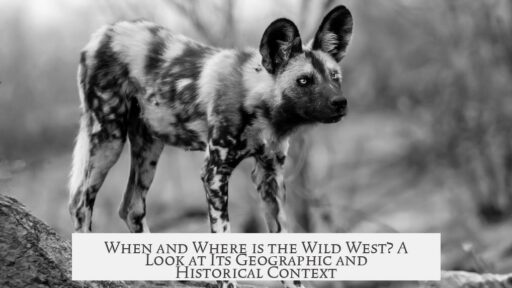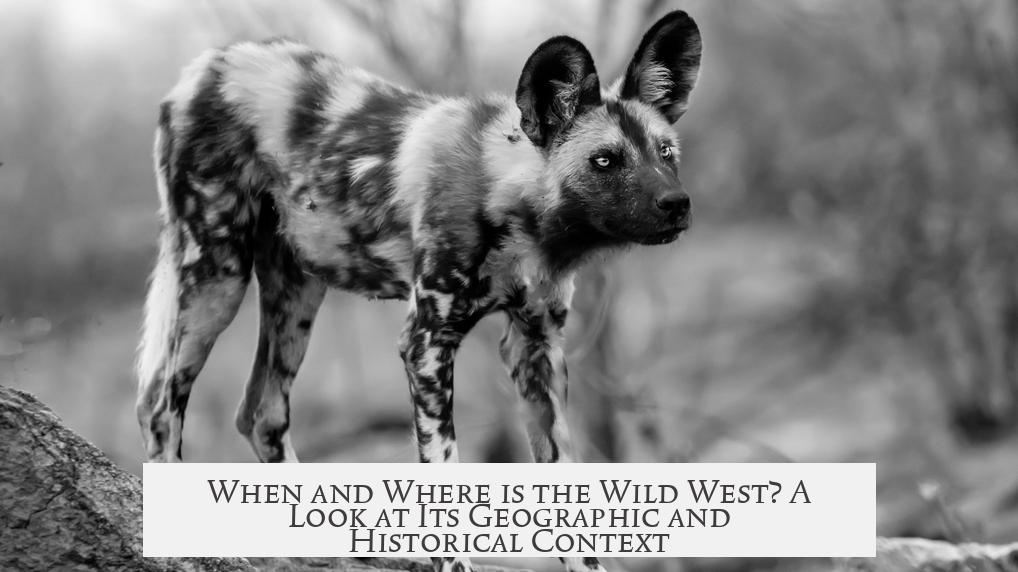The Wild West broadly refers to the western frontier region of the United States during a historically fluid period spanning roughly from the late 17th century to the early 20th century. Geographically, it includes areas from the Midwest through the Southwest to the Pacific coast. Temporally, the most accepted era ranges from about 1865 to 1900, though interpretations vary.
Understanding the Wild West requires a flexible notion of both place and time. The U.S. western frontier, or “the West,” is not a fixed boundary but a shifting frontier line that moved westward over centuries. Historian Frederick Jackson Turner, who significantly influenced American West history, insisted that the frontier was a dynamic concept shaped by settlement and development.
Turner traces the frontier as beginning in the 1690s, starting with Massachusetts, extending through the colonial backcountry, including New England, the Mohawk Valley, and the Shenandoah Valley. Thus, “the West” once included what is now the eastern United States before eventually moving beyond the Mississippi River. This highlights that the “Old West” emerged gradually over centuries.
| Key Geographic Regions of the Wild West | Description |
|---|---|
| Texas | Marks a boundary between Southern and Western regions; Wild West begins west of cities like Temple and Waco, extending to the Rio Grande. |
| Midwest | States like Ohio, Indiana, Illinois, Michigan, and Wisconsin are part of the “Middle West” but also considered on the frontier at different times. |
| Southwest & West | Encompasses vast areas from the Louisiana Purchase and Mexican Cession territories to California and the Pacific Coast. |
Historically, the Wild West is most commonly identified with the era after the U.S. Civil War, approximately 1865 to 1900. This period saw intensified settlement, conflicts such as the Indian Wars, and phenomena like the Gold Rush of 1849 and frontier town development. The Civil War itself is seen as a turning point that interrupted early western expansion and set the stage for this later era.
Some historians extend this era beyond 1900, up to around 1917, coinciding with U.S. involvement in World War I. This extension covers additional frontier-related events such as the Philippine-American War and the Mexican Revolution. Others argue that the frontier effectively ended with the 1890 census, which reported no continuous unsettled frontier line.
The romanticized Wild West familiar in popular culture roughly aligns with the post-Civil War decades. This timeframe fits within Turner’s broader thesis that defines the frontier as a moving line, constantly reshaped by migration and settlement.
Geographically, the Wild West was not just west of the Mississippi River. Many areas classified as frontier at various times lay east of it, including parts of Pennsylvania and the Appalachian foothills. Texas exemplifies the regional complexity, spanning southern and western identities and influencing frontier history.
Some debate exists over whether large territories acquired through the Louisiana Purchase or Mexican Cession should be included. Under Turner’s thesis, these lands were frontier zones as American settlement expanded westward.
Historians such as Patricia Nelson Limerick challenge Turner’s rigid definitions, advocating for a more nuanced “New West” approach. They argue for flexible time periods and geographic boundaries reflecting continued cultural and social dynamics of the frontier rather than fixed historical cutoffs.
- The Wild West spans a vast and shifting area across Midwestern, Western, and Southwestern U.S. states.
- Its time frame typically centers on 1865–1900 but can extend from the 1690s to the early 20th century, depending on historical interpretation.
- Turner’s frontier thesis frames the West as a moving line that changed as settlers pushed_boundary forward.
- The romanticized view focuses on the post-Civil War period and western expansion west of the Mississippi.
- Texas marks a critical boundary line in defining the Old West’s geographical scope.
- New West historians call for flexible, inclusive definitions of the West’s boundaries and timeframes.
When and Where is the Wild West? Unpacking the Real Deal Behind the Myth
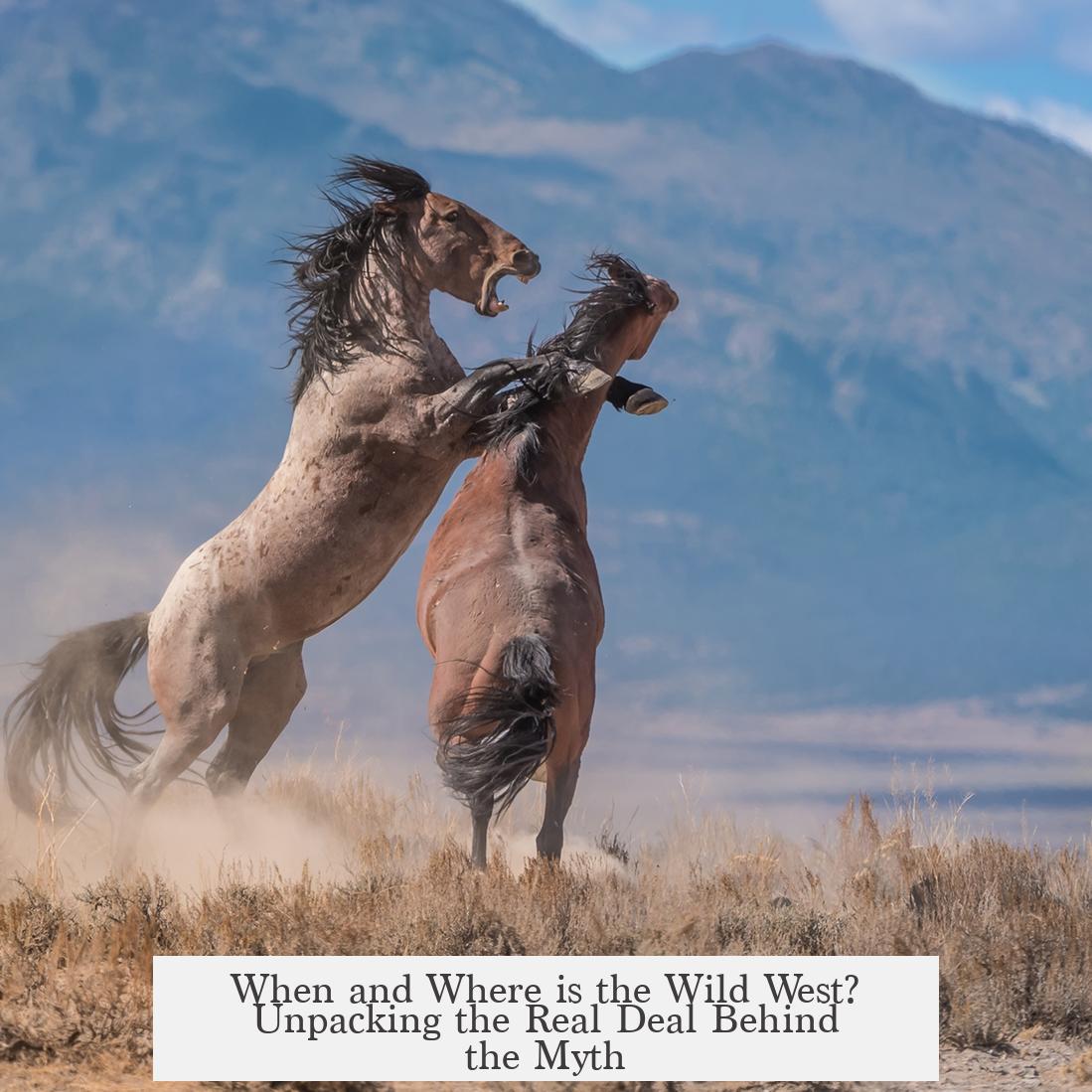
You might picture dusty cowboys, saloons, and endless prairies when you think of the Wild West. But when and where is the Wild West? is less of a straightforward question and more of a history puzzle. Let’s dig into the nitty-gritty.
First off, the Wild West isn’t just “out west” like some shiny postcard suggests. It’s a concept that’s fluid in both place and time. So, what’s the story?
Geographic Boundaries: The Wild West Is Bigger Than You Think
The Wild West extends far beyond deserts and cacti. It covers an immense area including much of the Midwest, West, and Southwest of the United States.
Take Texas, for example. Historians like Glen Ely pinpoint the West in Texas as starting around Temple and Waco — right at the west bank of the Brazos River — stretching all the way to the Rio Grande. So technically, parts of Texas count as the frontier. Interesting, right?
Then there’s Frederick Jackson Turner’s viewpoint. His famous “Frontier Thesis” tells us the West wasn’t pinned to a fixed place. It was ever-shifting, moving with settlement patterns over centuries. According to Turner, the American frontier started as early as the 1690s — beginning in Massachusetts — and crawled westward as colonists expanded. So, the idea that the “Wild West” begins just west of the Mississippi River? That’s a bit of a stretch.
Turner also points out the “Old West” includes areas that seem unexpected at first. Think of the backcountry of New England, the Shenandoah Valley, or even the Mohawk and Great Valleys in Pennsylvania. That’s the West… sort of.
To break it down semantically: The “Middle West” or Midwest was officially the North Central division comprising Ohio, Indiana, Illinois, Michigan, and Wisconsin — plus their trans-Mississippi siblings. These areas were part of the West during the frontier times.
When Is the Wild West? The Time Frame, From the 1600s to 1917 (Yes, Really)

Everyone’s heard that the Wild West thrived in the late 1800s. And they’re not wrong, exactly. The common accepted timeframe for the “Old West” is roughly from 1865 to 1900, starting after the Civil War. But this timeline is just the highlight reel, like the greatest cowboy hits.
Preceding this are events like the Louisiana Purchase (1803) and the Mexican Session, as well as the Indian Wars of the 1840s and ’50s, and the Gold Rush of 1849. These all set the stage for the Old West era to erupt.
The Civil War is a significant marker. It halted earlier development but became the opening act for what’s romantically referred to as the Wild West.
Some historians push the timeline past 1900, even as far as 1917. That’s when the U.S. entered World War I, involving itself in other fronts like the war in the Philippines and the Mexican Revolution. So, the frontier spirit lingered longer than most spaghetti Westerns suggest.
Turner’s 1890 end date aligns with census data showing the frontier line disappearing due to population growth and settlement.
On the other hand, some argue the American frontier concept extended right into the 20th century with Oklahoma’s settlement rush or even Alaska and Hawaii gaining statehood.
Understanding Turner’s Frontier Thesis: Why Geography and Time Are Fluid
Frederick Jackson Turner’s thesis is a game-changer. He argued that the frontier wasn’t just a line on a map but a moving target. Each wave of settlement pushed the frontier line westward, redefining what “the West” was.
His thesis suggests American character itself evolved due to this constant movement—turning back to “primitive conditions” as new lands were settled, then developing again. Sort of like America hitting the reset button but with spurs instead of remote controls.
However, not everyone agrees with Turner. Patricia Nelson Limerick and other New West historians push back. They say the West and frontier can’t be squeezed into deadlines or rigid geographic boxes. Instead, the West is a more complex mosaic of migration, culture, and economic development.
Texas, Mexican Session, and Louisiana Purchase: Borderlands of the Wild West
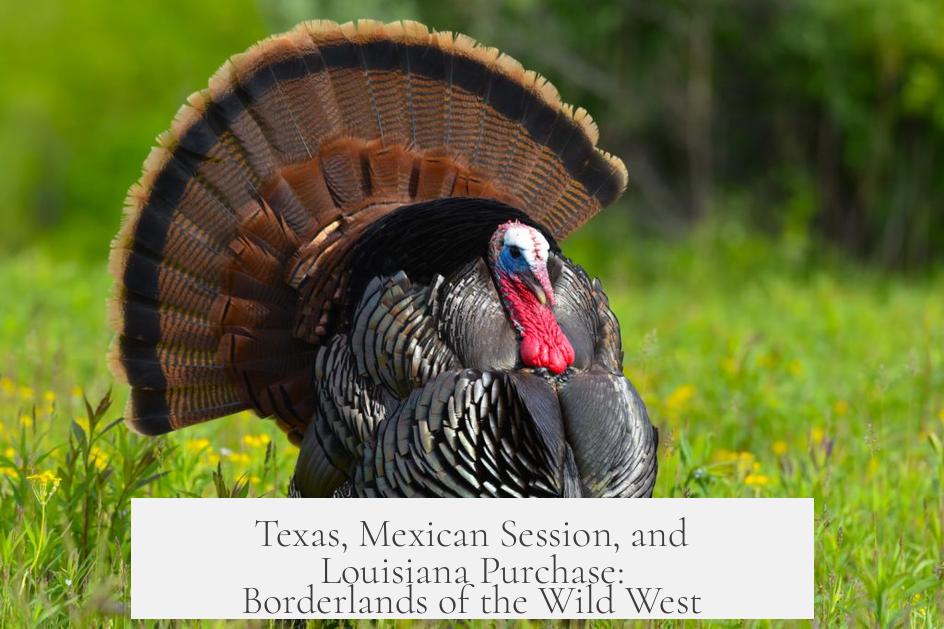
Texas, with its iconic cowboy culture, clearly counts as Wild West territory. But the Mexican Session and Louisiana Purchase — vast land deals adding enormous tracts in the 19th century — are surprisingly part of the story. Why?
Because at times, these territories were the American frontier, the edge of settlement. According to Turner’s thesis, these land parcels were “the West” of their day — where civilization met wilderness and history was made. Think of them as early chapters before the blockbuster sequel from 1865 onwards.
A Summary: The Wild West Is a Moving, Shifting Concept
In essence, the Wild West spans many regions and a broad timeframe, stretching from early colonial backcountry in the 1600s through waves of expansion past the 1900s.
Whether you follow Turner’s neat frontier theory or take the New West historians’ approach, two things are clear:
- The West isn’t just the modern American West States on a map.
- The Wild West timespan goes far beyond the romanticized 1865-1900 window.
This means many areas we may not traditionally think of—like parts of the Midwest and Southwest—played central roles in the frontier experience.
Why Does It Matter? The Practical Takeaways
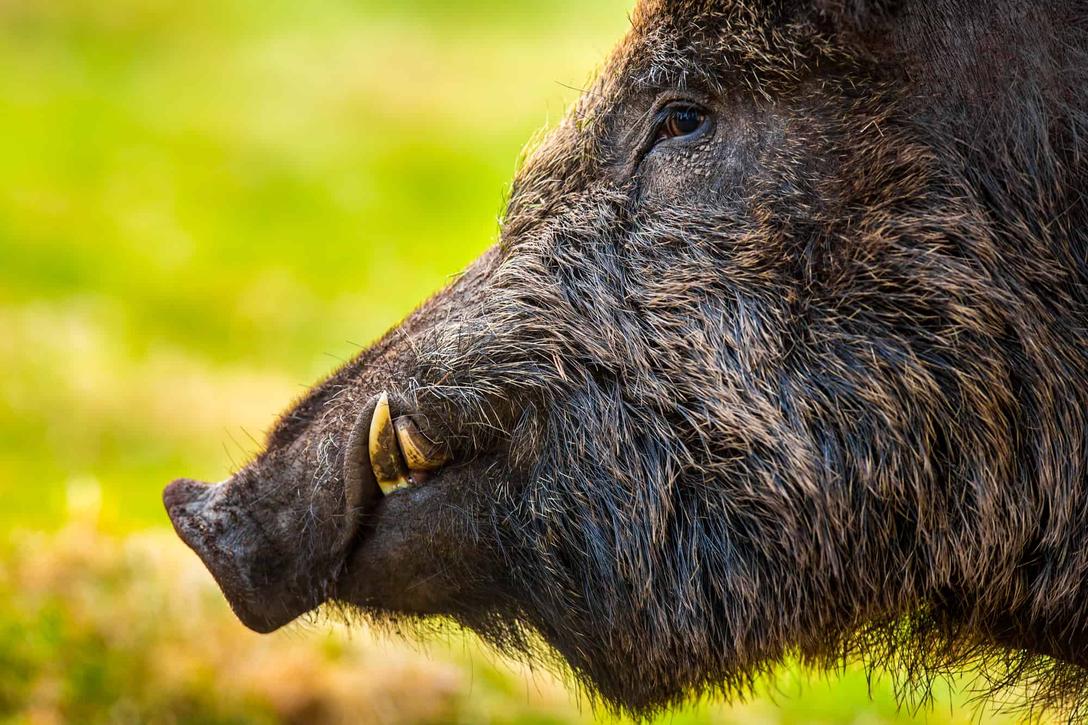
If you’re a history buff or just curious, knowing this widens your view. The Wild West isn’t a snapshot but a movie — one that’s been filmed over centuries, across many states, and in many forms.
For travelers, this means the authentic Wild West experience awaits beyond famous spots like Tombstone or Dodge City. It’s spread across less-celebrated but historically rich places like Waco, Texas, or the valleys of Pennsylvania.
For educators or students, the lesson is clear: the West is a journey through culture, settlement, and evolving geography — never fixed, always fascinating.
And for everyone else? Knowing the Wild West’s real “when” and “where” helps separate fact from Hollywood fiction. Maybe next time you watch a Clint Eastwood flick, you’ll imagine the frontier not just as a desert with tumbleweeds, but as an ever-changing saga, stretching from colonial days to World War I.
Final Thought: The Wild West, Timeless and Boundless
So, when and where is the Wild West? It’s everywhere the frontier was — from the backcountry of 17th century New England to the sprawling plains of Texas and beyond. It’s anytime between the 1690s and maybe even into the 20th century.
That’s quite a ride! Wouldn’t you say it’s wild that the Wild West is more about change and movement than a fixed place or date? Maybe that’s the real magic of the West.
When did the Wild West era roughly take place?
The Old West era is commonly placed between 1865 and 1900. Some historians extend this period to 1917, including events like the Mexican Revolution and the First World War.
Where geographically does the Wild West cover?
The Wild West spans much of the Midwest, West, and Southwest regions. For example, in Texas, it starts around Temple and Waco, then extends toward the Rio Grande.
Is the Wild West strictly west of the Mississippi River?
No, the concept of the West is fluid. Historically, the frontier shifted over time, starting from eastern backcountry areas in the 1600s and moving westward through different regions.
What does Frederick Jackson Turner’s frontier thesis say about the Wild West?
Turner argued the West was a moving frontier based on settlement patterns. He dated the frontier from the 1690s to its end around 1890, when population density ended the frontier line.
Why do some historians disagree on when and where the Wild West was?
Historians like Patricia Nelson Limerick challenge Turner’s rigid boundaries and dates. They see the West as more complex, with evolving time frames and regions beyond traditional definitions.
